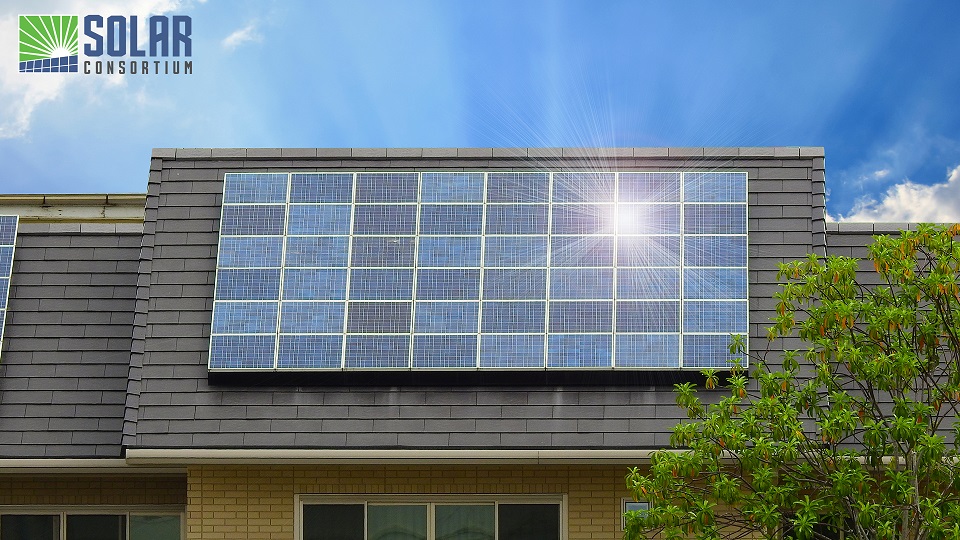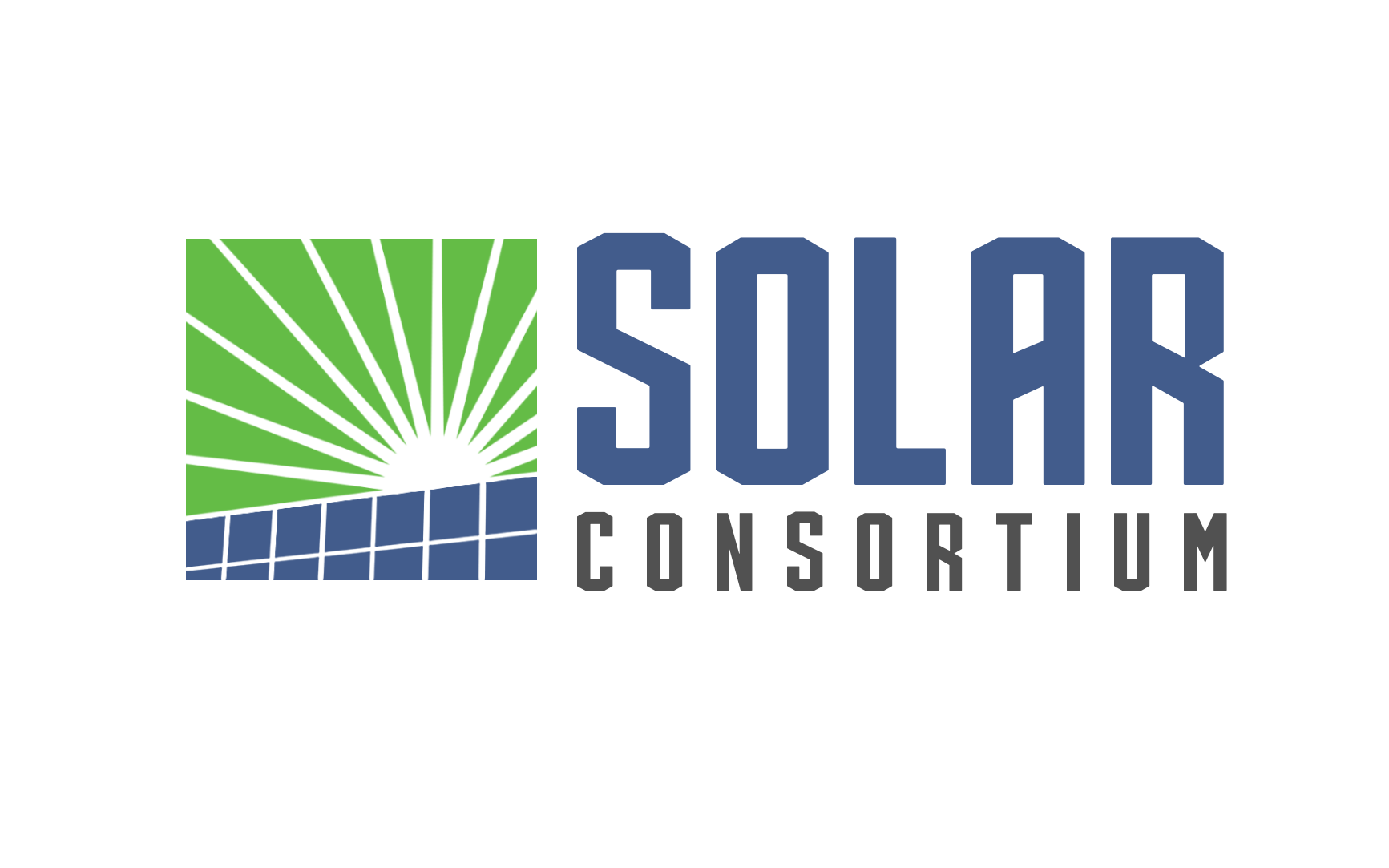The History Of Solar Panels
There is no way you can talk about solar panels without first talking about solar energy. Humans have begun to use energy from the sun before discovering and turning energy from sunlight into electricity.
The earliest use of solar energy dates back to the 7th century B.C., where humans were focusing the sun’s energy through a magnifying glass to start fires for cooking. The Greeks and Romans improved upon these by bouncing sunlight from burning mirrors to light their sacred torches during their religious ceremonies in the 3rd century B.C.
Later, with the aid of sunrooms, humans used passive design to take advantage of the sun to maintain a comfortable home temperature.
The use of solar power technology is also not a recent development; it dates back to the industrial revolution in the mid-1800s. Then, solar energy plants were used to heat water to create steam to drive heavy machinery.
The Invention Of Solar Panels

The invention of solar panels set a change in motion for energy production. This invention was iterated for over hundreds of years in the hands of various engineers and physicists. These iterations often lead to the debate of when exactly the solar panel was invented and to whom the credit should be given.
However, most people credit the invention of solar cells to Edmond Becquerel. This French scientist discovered that light could potentially increase electricity generation when two metal electrodes are placed into a conducting solution. His breakthrough was termed the photovoltaic effect and paved the way for the development in Photovoltaic (P.V.) with the element selenium.
Although, after the discovery by Edmond Becquerel, photovoltaic power continued to be very inefficient even after the numerous research and development, people only used solar cells to measure light.
In 1873, the discovery of selenium having photoconductive potential by Willoughby Smith led to the discovery that selenium creates electricity when exposed to sunlight by William Grylls Adams and Richard Evans Day in 1876.
After the discovery of selenium, it took a few years for Charles Fritts to produce the first solar cells made from selenium wafers in 1883. For this reason, Charles Fritts is credited with the invention of solar cells by some historians. Fritts’ creation was referred to as a low impact solar cell. However, it served as the inception of photovoltaic solar panel innovation.
Also, since the solar cells being used today are made with silicon, some historians consider Calvin Fuller, Daryl Chapin, and Gerald Pearson the true invertors of solar panels. Calvin Fuller, Daryl Chapin, and Gerald Pearson created a silicon photovoltaic (P.V.) cell at Bell Labs in 1954. This was the first instance that solar technology was actually able to power an electric device for several hours in a day.
That event in 1954 marked the true invention of P.V. technology; the silicon solar cell converted sunlight at four percent efficiency. Although this is less than a quarter of what modern cells are capable of, it was still quite impressive.
This is just the start to the energy transition where we start using more and more solar.
Wrapping It Up
Ever since then, there has continued to be iterative development in solar panels to date. This development has improved the efficiency of solar panels and, at the same time, cut down the cost considerably. Now, solar panels have become a very popular renewable form of energy, and the adoption of solar panels continues at an energetic pace.

1 thought on “History of Solar Panels”